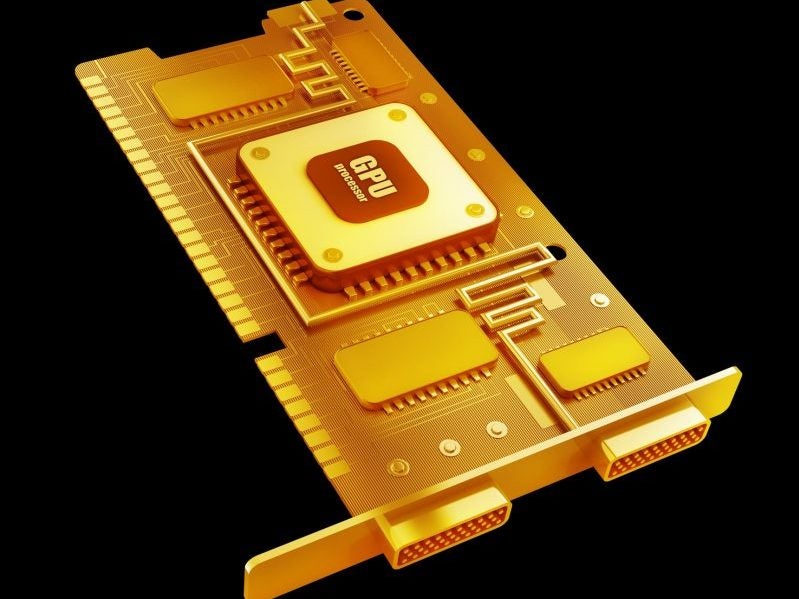
Version 4.33 of the Triton Ocean SDK for OpenGL and DirectX has replaced the AMD APP SDK to the open-source SDK for OpenCL.
This means Triton’s OpenCL support is no longer limited to AMD video cards. Any vendor that supports OpenCL 2.0 or newer in their video drivers can now accelerate Triton’s 3D ocean wave equations using their graphics processing unit (GPU).
That includes Intel HD Graphics, unlocking GPU acceleration for our wave simulations on Intel for the first time.
Customers are increasingly using inexpensive mini-PCs as image generators. The new release means Triton can run smoothly even on the low-end systems. Triton 4.33 has been tested on an Intel NUC PC and achieved fluid framerates, with Triton computing tens of thousands of ocean waves in parallel on Intel’s integrated graphics chip.
Triton’s OpenCL plugin also works on NVidia cards, although customers should continue using Triton’s default CUDA integration on NVidia platforms. Triton automatically chooses the best framework on the user’s platform. The user does not need to do anything to take advantage of OpenCL or CUDA acceleration as a developer or an end-user.
Linux developers will need to ensure the clFFT library is installed prior to building Triton from the source. On Windows, everything the user needs is already included with the SDK.
Triton 4.33 also fixes an issue in the Triton Preview Tool that caused it to crash if SilverLining SDK was not also installed.
Users can request an evaluation SDK of Triton 4.33 at Sundog Software’s evaluation download page and licensed customers can access it from their download portal.

